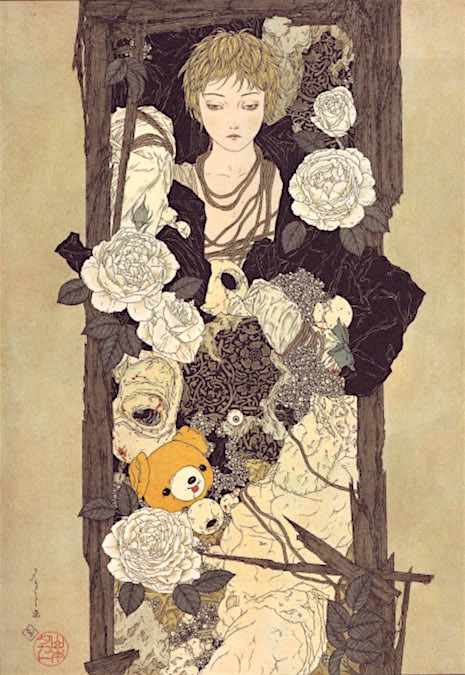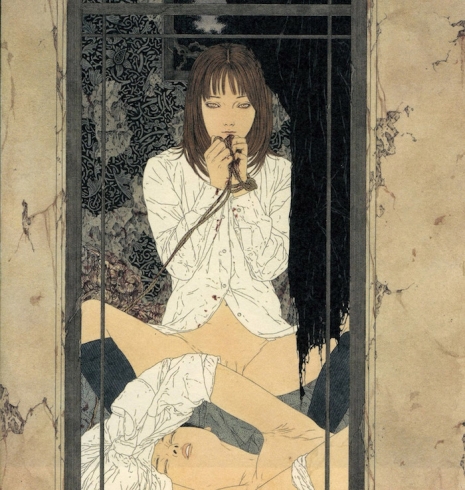
The great Surrealist painter, Yves Tanguy being himself back in the early 1920s.
Paris-born Surrealist Yves Tanguy is one of the masters of the genre and much like his contemporary Salvador Dalí was a spirited individualist. Tanguy’s father passed suddenly when he was only eight. Later his mother would decide to leave Paris after the death of Tanguy’s brother during WWI. Tanguy remained in Paris, finished school and developed a close friendship with Henri Matisse’s son Pierre. That relationship would help lay the groundwork for Tanguy’s future as one of the most influential members during the early days of the Surrealist movement, something that wasn’t really on the young soon-to-be artist’s radar at the time.
After finishing school, Tanguy joined the Navy. In 1920 he was recruited by the Army where he eventually met rebellious French poet Jacques Prévert. Both Tanguy and Prévert had just turned 20 and the two would terrorize parties during which Tanguy would regale guests by chewing on socks or eating live spiders while Prévert egged him on. At some point future actor and screenwriter, Marcel Duhamel would become a regular part of Tanguy and Prévert’s hellraising antics. After leaving the Army the trio headed back to Paris to keep the party going, which they did, quite literally for a few years, by creating a sort of nonconformist utopia at Duhamel’s home where other like-minded creatives could be as off-beat as they wanted.
In an event brought about by the fact that he was surrounded by free-thinkers, Tanguy would see two paintings by Italian artist Giorgio de Chirco hanging in a gallery in Paris. The artist’s work is widely credited with being one of the greatest influences in the development of Surrealism. According to some historians, one of the paintings in question, Le Cerveau de L’enfant (or “The Child’s Brain”), left such an impact on Tanguy that it is said the experience motivated him to start his career as an artist.
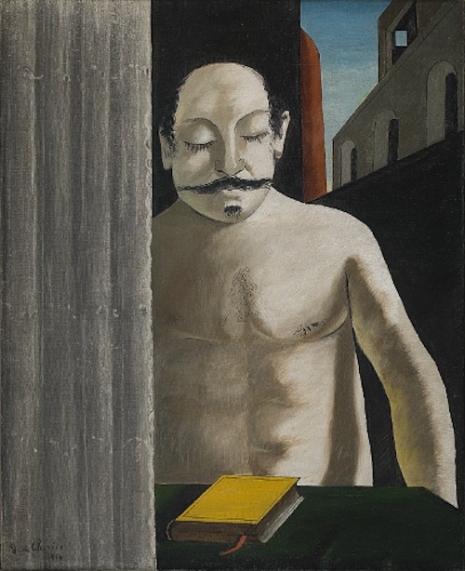
‘Le Cerveau de L’enfant,’ the painting by Giorgio de Chirco that is said to have inspired the career of Yves Tanguy.
During his immersion into the art world and as detailed in the book Prague, Capital of the Twentieth Century: A Surrealist History, Tanguy and members of the Paris Surrealist movement, such as Man Ray and poet Louis Aragon, would contribute to 1928’s La Revolutino Surrealiste—a written exploration of the erotic, and gave considerable consideration to questions such as “what if a man could be aware of a woman’s orgasm during sex?” During this time period, Tanguy would illustrate a series of strangely engrossing and perplexing erotic works. In 1930, some of his paintings along with others by Joan Miró, Man Ray and Dalí were viciously destroyed by violent right-wing activists the “Ligue des Patriotes” or “League of Patriots,” who were provoked by the film L’Âge d’Or, written by Dalí and directed by Luis Buñuel. The silent film was violent and subversive as well as disrespectfully critical of the Catholic church.
Later that same year Tanguy would join other members of the Surrealist movement by signing the second Surrealist Manifesto in 1930 as well as a 1934 letter supporting the decision that led to the dismissal of Salvador Dalí from the group for making statements in support of Adolf Hitler, though it may have also been due to his reluctance to denounce murderous Spanish dictator Generalisimo Francisco Franco—it’s all a bit murky. Tanguy had a long, passionate affair with legendary New York socialite and art collector Peggy Guggenheim whom he would leave for his second wife, fellow Surrealist painter Kay Sage. He would paint for thirty years—nearly up until the time of his death at the age of 55—leaving behind a staggering catalog of spellbinding work that is nearly equal to Dali’s in its precision and dreamlike symbolism. I’ve included some beautiful examples of Tanguy’s work here as well as a selection of his smutty schoolboy erotica which is NSFW.

‘Mama, Papa is Wounded!’ 1927.
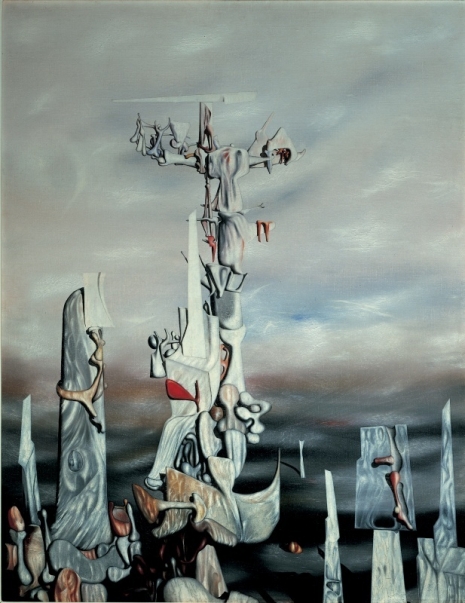

More after the jump…







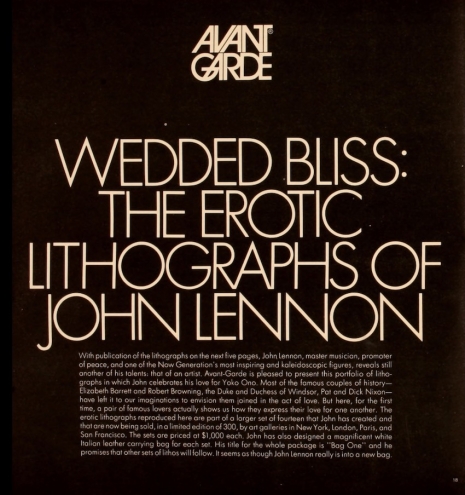
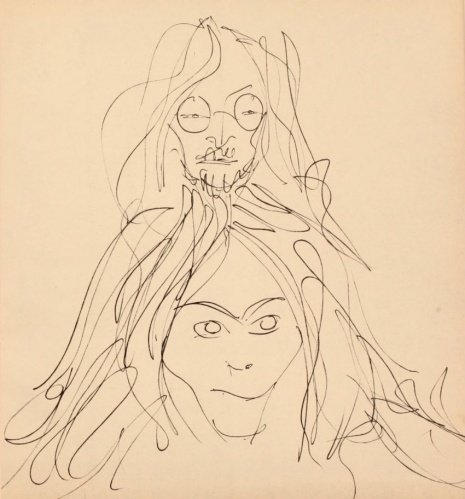
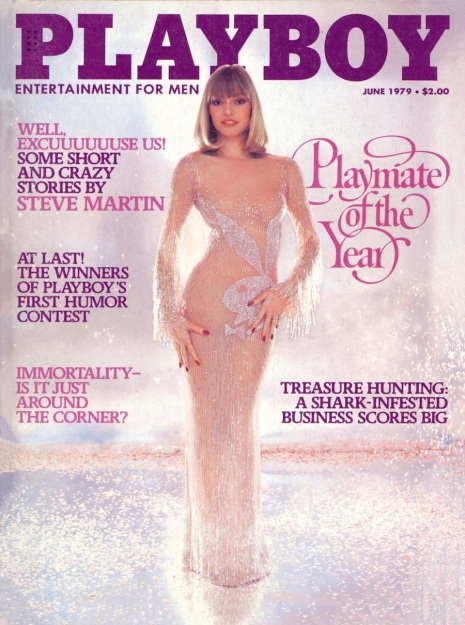
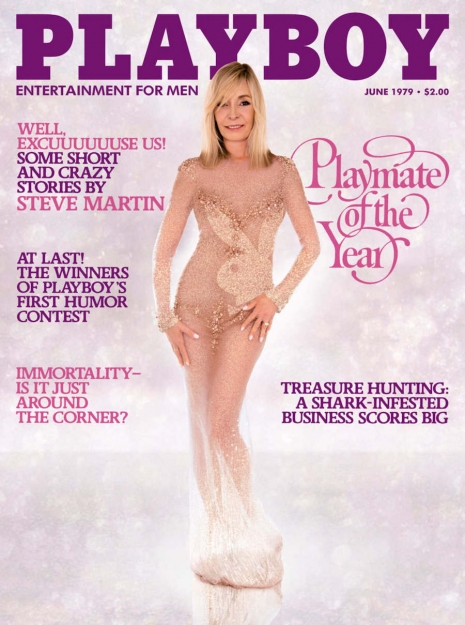
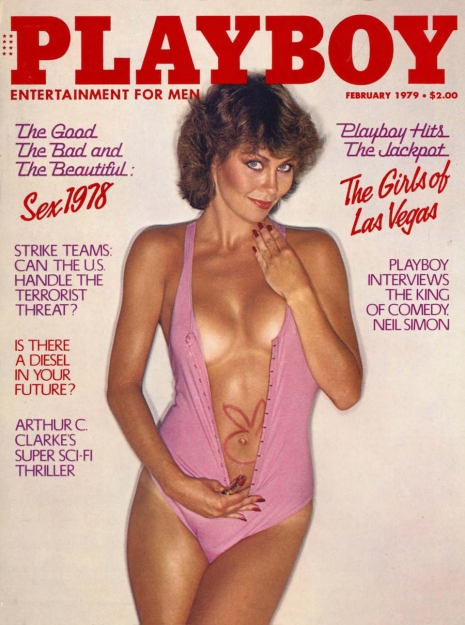

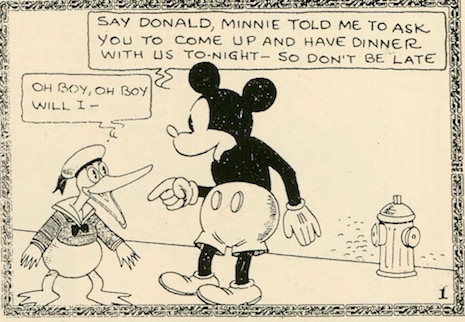
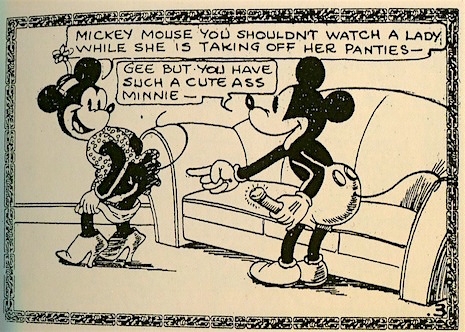

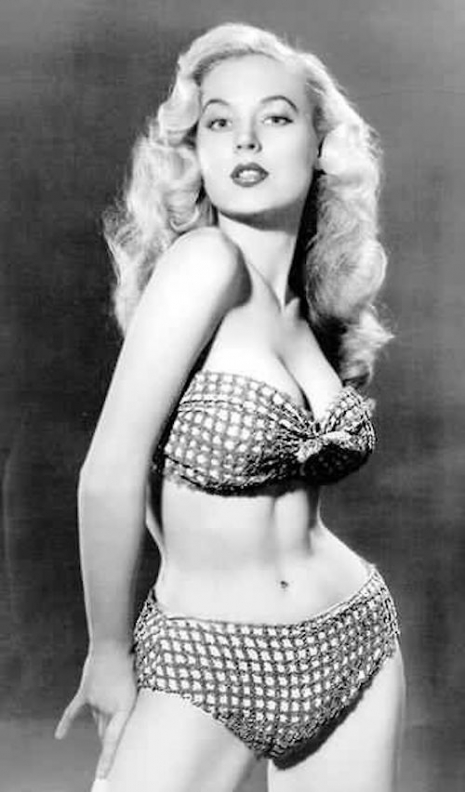
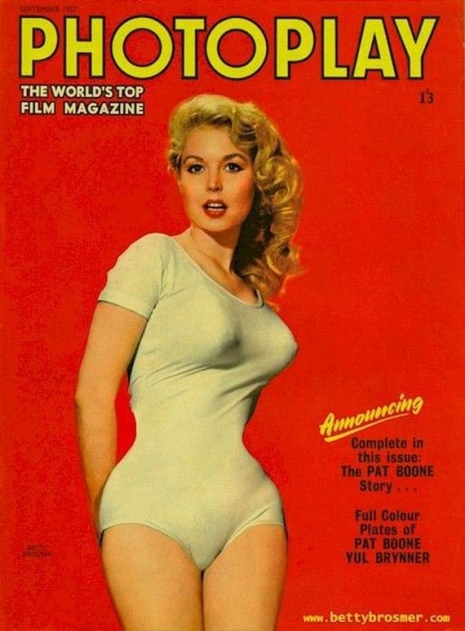



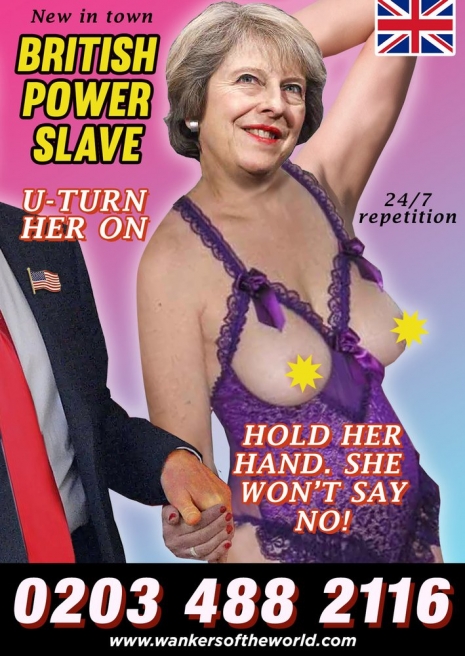

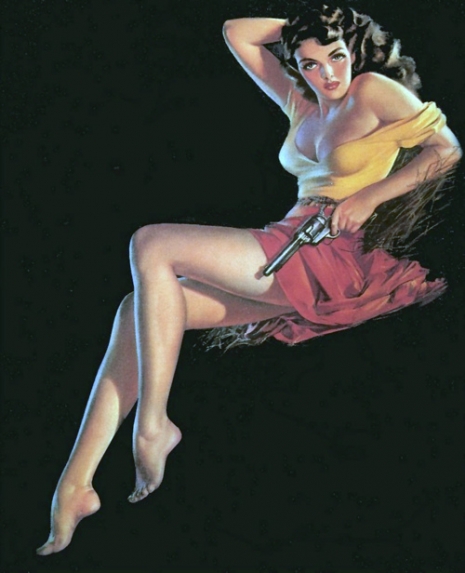


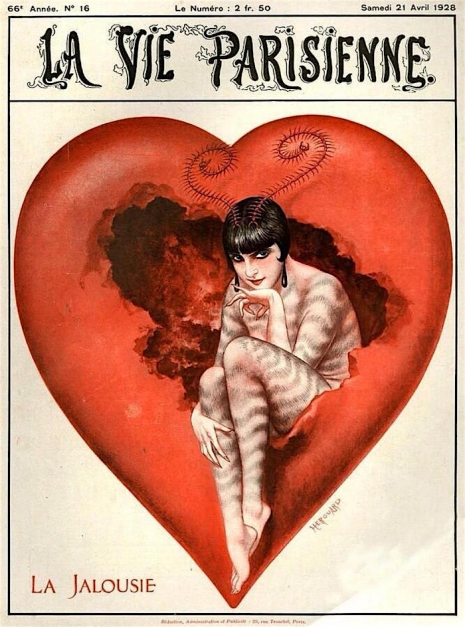
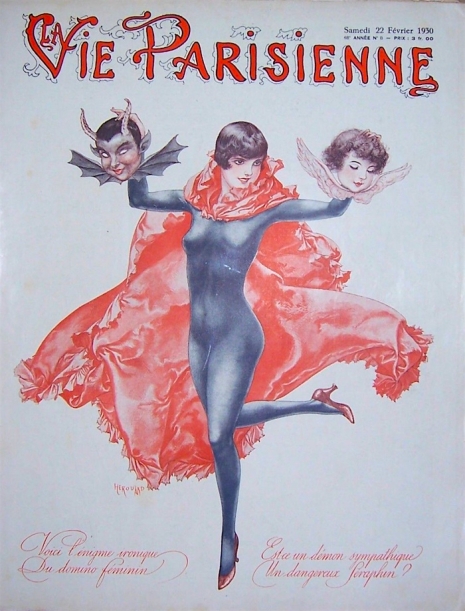
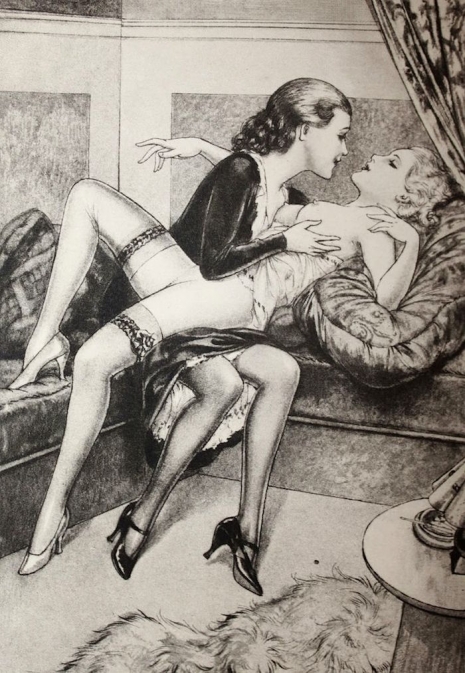
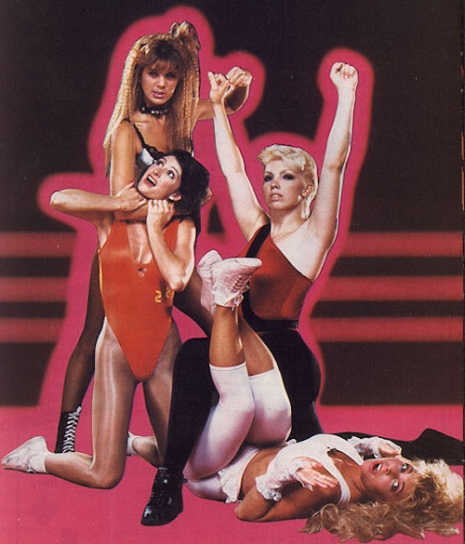
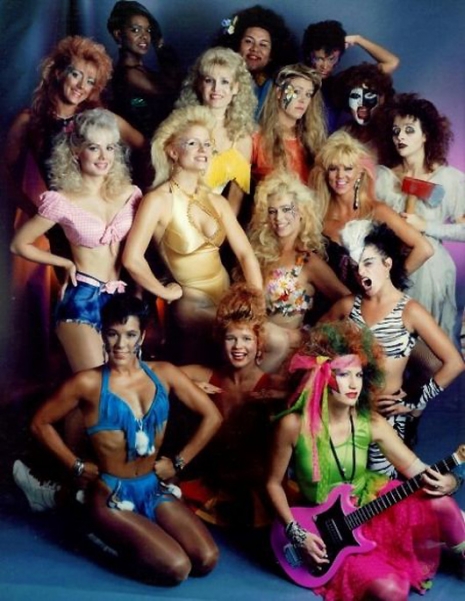
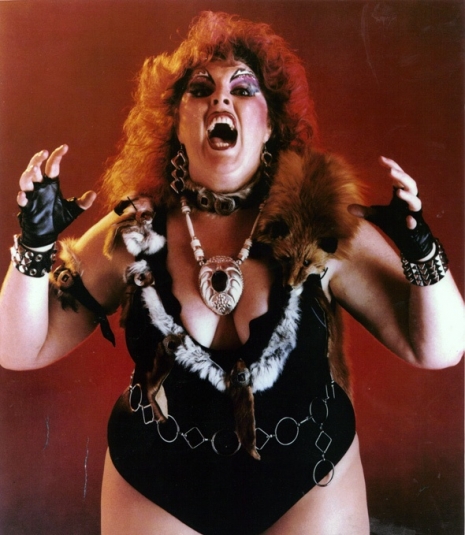
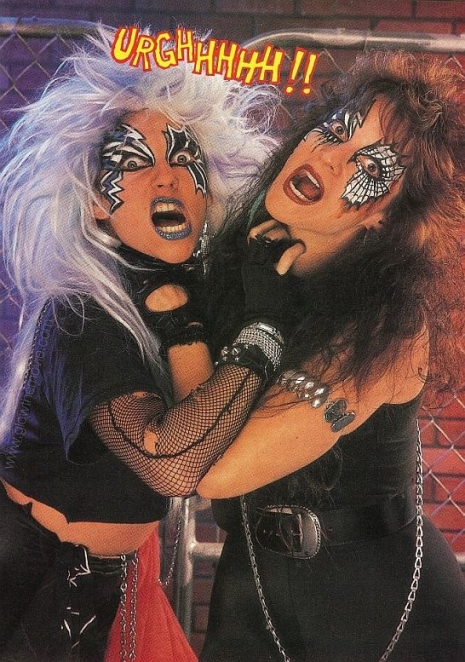
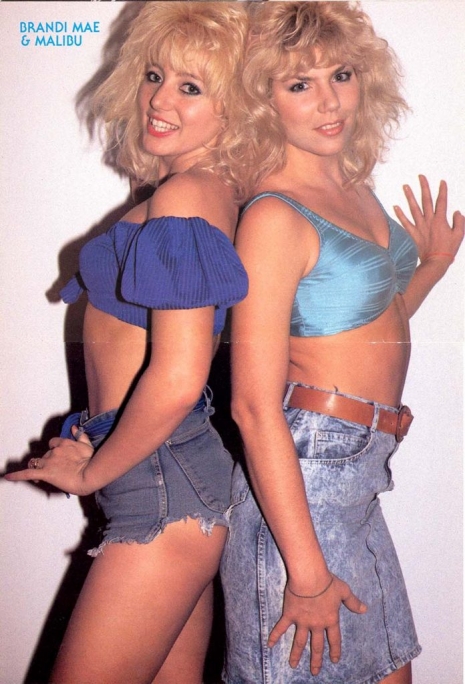 ;
;
